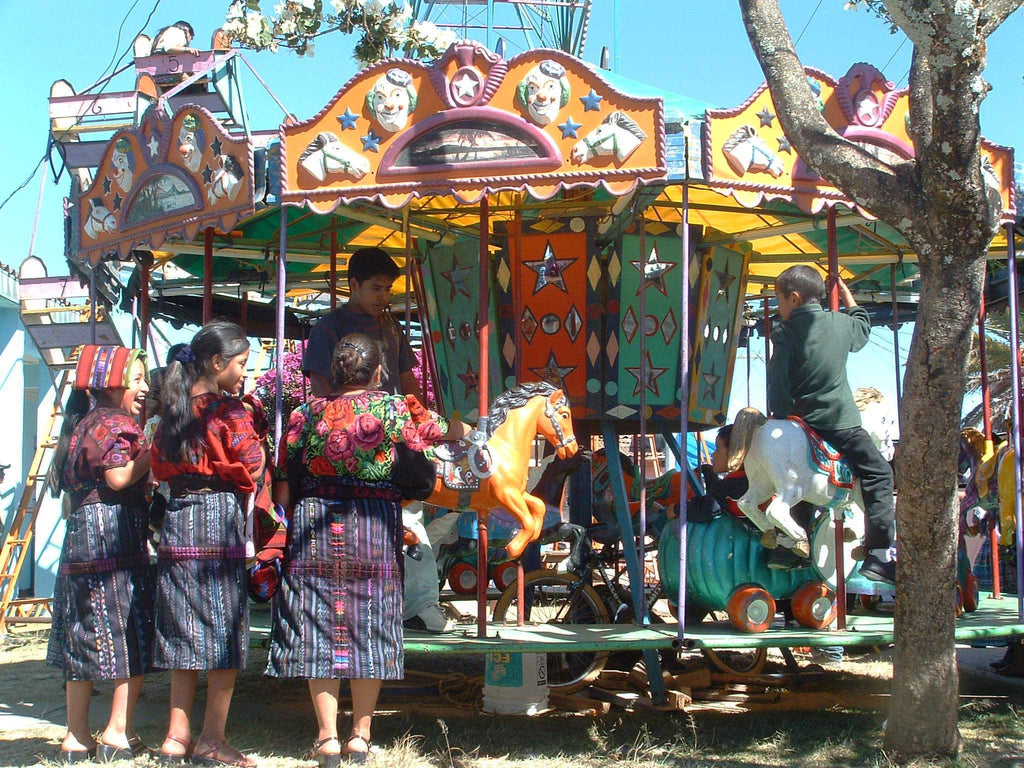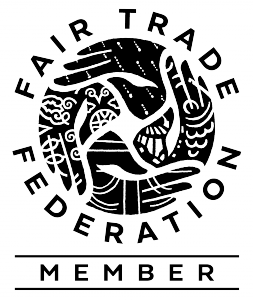Corte & Tzutes

Corte is the traditional Mayan women's skirt usually woven on a treadle loom by men. The treadle loom was introduced by the Spanish to Mayan weavers shortly after the Conquest in the 1500's. Following in the Spanish tradition, initially only men were trained to use the more expensive and less mobile treadle looms. The backstrap loom, used exclusively by women, was used long before the arrival of the Spanish. Unlike the treadle loom, the backstrap loom allows the weaver to brocade intricate designs into the fabric as it is woven. (See our page on huipiles as examples of back-strap weaving.) Both forms of weaving are still used in Guatemala today.
The huipil and corte are universal elements of every woman's traditional dress or traje. Not only does each village have their own specific style of traje, but they also often employ different weaving techniques. The amount of material used in a corte varies from village to village, using from two to six yards of fabric with sometimes additional fabric added for length. The cloth is sewn to form a tube into which the woman steps, wraps the skirt, tucks in her huipil, and then adds a sash to hold it all together. The corte on this page is not sold by the yard but by the piece as it was originally used by the woman.
Tzute is a Mayan term generally used for a cloth used for utilitarian or ceremonial purposes. It is usually woven on a back-strap loom and the designs are specific to a particular village. Tzute may refer to a cloth used to wrap things in to carry on their head, to wrap a baby in, or to use as decoration in a religious ceremony.
To see more traditional textiles - Huipiles or Cintas and Fajas
click on a picture to see a larger image and description

